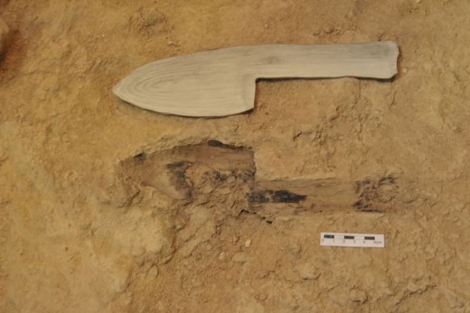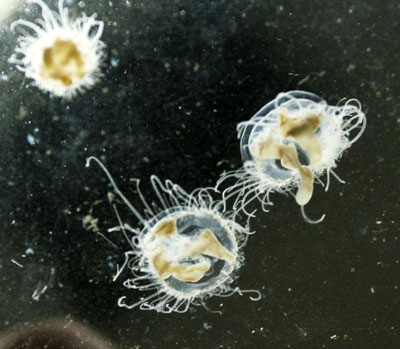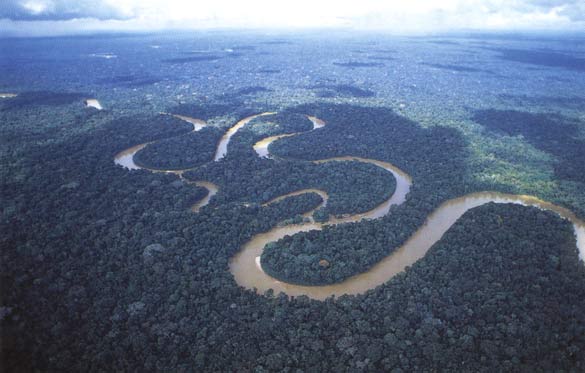A scientific expedition on the Mexico cave system located in the Sierra de Cubitas mountain range, in the province of Camaguey, concluded after five years of continued work.
The Eduardo Alfredo Martel Speleologist Group, the first one created after the triumph of the Revolution, led the research sponsored by the Group for Geographic, Speleologist and Environmental Studies, according to the local newspaper’s website Adelante.
Adelante says the Mexico cave system is one of the largest ones of central Cuba; it spans along more than four kilometers and falls about 40 meters deep.
According to a report by the Institute of Scientific and Technological Information (IDICT), the specialists who camped in the caves focused on analyzing tectonic activities in the area and the saline intrusion which has damaged wells and several crops.
The study also included research on the cartography, geology, fauna and climate of the area and the connection of the cave system with the sea, says an online version of IDICT’s report.
Camagüey is one of the Cuban provinces with the largest of caves, most of them located in the westernmost tip of the Sierra de Cubitas mountain range. Aboriginal drawings, which constitute valuable samples of the cultural heritage of the province and the country, have been found in some of these geological depressions. (ACN)
Sierra de Cubitas
North the wide Camaguey plain, Sierra de Cubitas is located with a lot of natural curiosities like the impressive Los Paredones and Hoyo de Bonet vertical passways, both within a protected area. Their intricate narrow passage,
caverns and bush served as a fence and refuge for Indians and slaves.
In 1899, dozens of US farmers and artisans arrive in Cubitas through Punta Viaro. They were cheated by a false company, devoted to the sale of parcels in Cuba, to which they gave their last savings. They were the founders of the Gloria City and other villages where still the oral tradition conveys the story of these US immigrants from one generation to another.
It is currently one of the biggest municipalities in Camagüey province, with one of the biggest citric
plantation in the Island and the presence of several cultures. Besides the US presence, Sierra de Cubita has one of the largest Haitian settlement of the country.












































